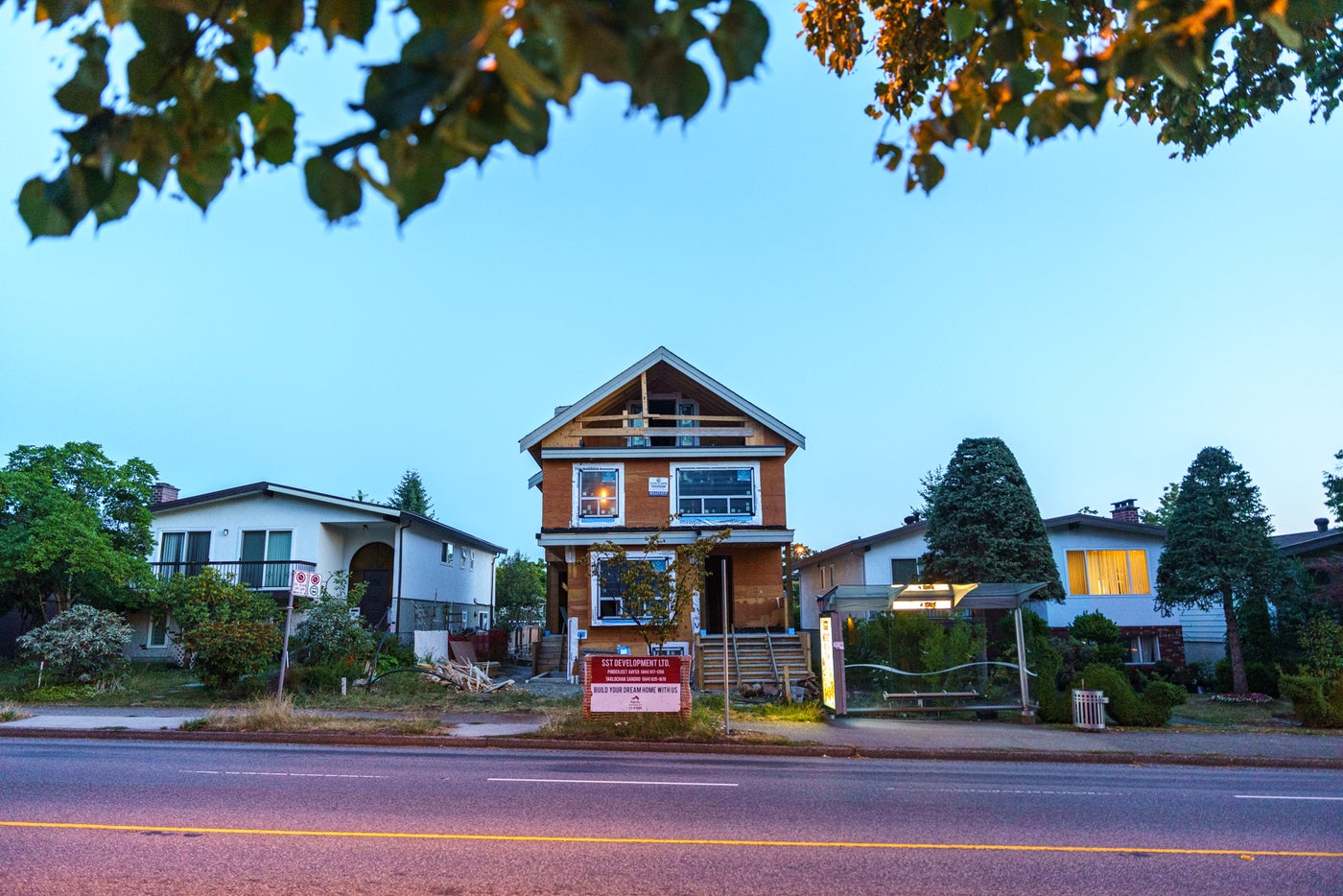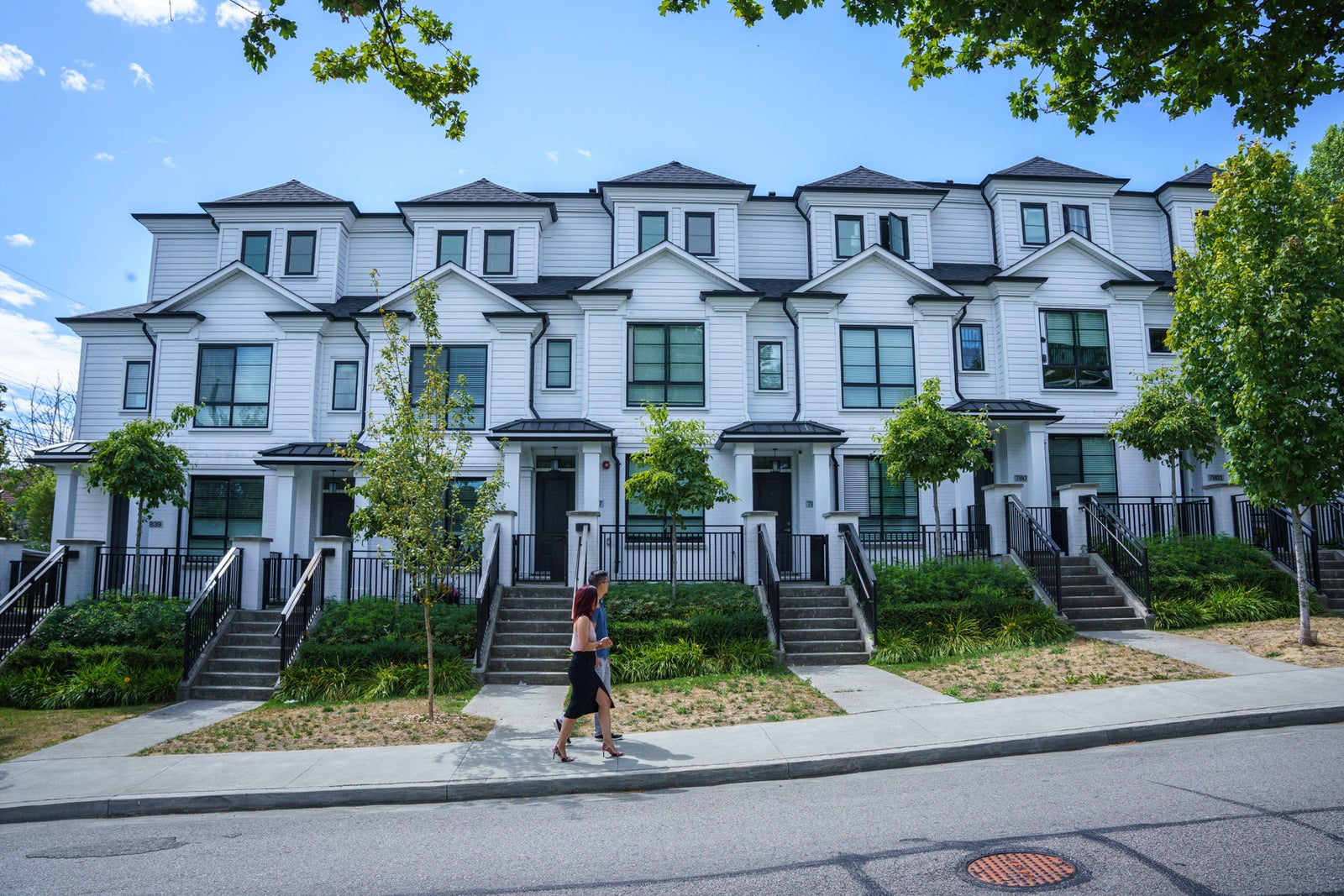BC's housing landscape is evolving with the introduction of small-scale, multi-unit housing, aimed at providing attainable options for middle-income families. These housing types include secondary suites, detached accessory dwelling units (ADUs) like garden suites or laneway homes, triplexes, townhomes, and house-plexes. These forms of housing are designed to blend seamlessly into established single-family neighborhoods, offering more family-oriented units than larger multi-family developments and more affordable options than traditional single-family homes.
Enabling Small-Scale Multi-Unit Housing
The BC government has laid the groundwork for this transformation through legislation and detailed regulations. The goal is to provide ground-oriented housing options that maintain the scale and form compatible with existing neighborhoods. This legislative framework requires local governments to update their bylaws by June 30, 2024, to accommodate small-scale, multi-unit housing. These changes aim to offer more diverse and affordable housing options while respecting the character of established communities.Key Changes in Zoning Requirements
1. Secondary Suites and ADUs: Province-wide, secondary suites and/or ADUs are now allowed in single-family residential zones where three- to six-unit zoning is not required. This change applies to all municipalities and regional district electoral areas, providing flexibility and increasing the availability of housing options.
2. Three to Four Units in Single-Family Zones: In municipalities with populations over 5,000, or within urban containment boundaries, three to four units of small-scale, multi-unit housing must be permitted on each parcel of land zoned exclusively for single-family or duplex residential. This applies to parcels that are:
- Wholly or partly within an urban containment boundary established by a regional growth strategy.
- Within a municipality with a population greater than 5,000 and within an urban containment boundary established by an official community plan.
- In a municipality with a population greater than 5,000 without an urban containment boundary.
The regulations mandate a minimum of three housing units on parcels smaller than 280 square meters and a minimum of four units on larger parcels.
3. Six Units Near Frequent Bus Service: For properties greater than 280 square meters located near frequent bus services, six units must be allowed. Frequent bus service is defined as having a bus stop with at least one route operating every 15 minutes on average during peak hours. This change is particularly aimed at improving housing density in transit-friendly areas, promoting sustainable urban living.

Impact and Outlook
These changes are set to transform BC's housing market by increasing the availability of diverse, affordable housing options. The emphasis on small-scale, multi-unit housing provides a balanced approach, enhancing density while maintaining neighborhood character. This initiative is expected to alleviate some of the housing pressures faced by middle-income families, making homeownership and affordable rental options more accessible.For more details on the regulations and policies surrounding these changes, visit the BC Government's Small-Scale Multi-Unit Housing page.
What are your thoughts on these new zoning changes in BC? How do you think it will impact the housing market and community development?

